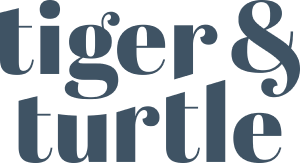Sir Peter Ratcliffe, Gregg Semenza and William Kaelin have shared 2019’s Nobel prize in physiology or medicine for discovering how the body responds to changes in oxygen levels.
In their research, these three scientists worked out how cells sense falling oxygen levels and respond by making new blood cells and vessels, which gave researchers new routes to treatments for anaemia, cancer, heart disease and other conditions, like eczema.
Together they have found that when oxygen levels are low, a protein complex called the hypoxia-inducible factor, or HIF, builds up in almost all the cells in the body. This rise has a number of effects on the body, but mostly ramps up the activity of the gene used to produce erythropoietin (EPO). EPO is a hormone that boosts the creation of oxygen-carrying red blood cells.
Another valuable theory, Stephen Porges’ polyvagal theory, helps us paint a useful picture of the nervous system. While the nervous system was pictured as a two-part antagonistic system, the Polyvagal theory identifies a third type of nervous system response called the social engagement system. The social engagement system is a playful mixture of activation and calming that operates out of unique nerve influence.
Source: Polyvagal theory in practice
The ventral branch of the vagal nerve affects body functioning above the diaphragm, which serves the social engagement system.
Based on this, Porges also notes that extending exhales longer than inhales for a period activates the parasympathetic nervous system, often called the rest and digest system. When the parasympathetic nervous system is activated, it slows down the heart rate, which slows down breathing and in turn, helps us relax.
When this system is not activated, especially in a state of fight or flight, our breathing and heart rate increases.
Breathwork can help activate the parasympathetic nervous system, and deactivate the sympathetic nervous system which regulates our fight or flight response, with stimulation of the vagus nerve.
